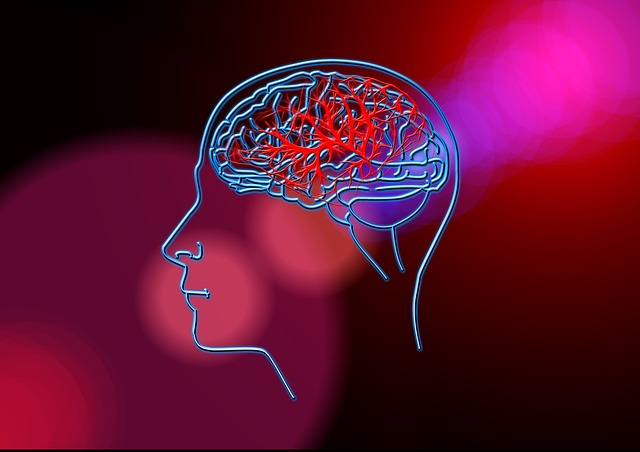
A new research led by George Paxinos, a top neuroscientist at the Neuroscience Research Australia (NeuRA) has discovered a previously hidden region in the human brain. Scientists have named this region, endorestiform nucleus and it is located within the inferior cerebellar peduncle, near to the area where the brain meets the spinal cord.
Researchers reveal that this area is primarily involved in receiving sensory and motor information from various body parts, thus refining the posture and movement of a person. It should be noted that Paxinos initially spotted the mysterious region thirty years ago and now the neuroscientist and his team have now finalized the existence of these bundle of neurons.
"One intriguing thing about this endorestiform nucleus is that it seems to be present only in the human, we have not been able to detect it in the rhesus monkey or the marmoset that we have studied," said Paxinos, CNET reports.
Paxinos suggests that the newly discovered bundle of neurons is basically a river carrying information from the spinal cord and brainstem to the cerebellum.
"The inferior cerebellar peduncle is like a river carrying information from the spinal cord and brainstem to the cerebellum. The endorestiform nucleus is a group of neurons, and it is like an island in this river," Paxinos told Science Alert.
It should be noted that Paxinos failed to locate the same mysterious region in apes, and it clearly indicates that these neurons might be useful in the fine motor control that humans are specialized at. However, the scientist is now planning to conduct more research on Chimpanzee brains as it is too early to finalize the absence of this region on these animals that share similar traits with humans.
George Paxinos is one of the most celebrated brain cartographers and he is an expert in creating atlases of human and animal brains. Paxinos' brain atlases are usually being used by top medical experts to get a better look of the human brain.









